Chinese and Indian troops who patrol disputed borderlands between their two countries typically hold up banners declaring their rights over the contested area, and let better-placed diplomats exchange hostile threats. But a border standoff between the world’s two most populous nations recently devolved into hand-to-hand combat and stone-throwing high in the Himalayas.
Modern warfare has made such face-offs increasingly rare, but at disputed borders around the world, soldiers and civilians alike live each day in plain view (and within spitting distance) of their adversaries.
Videos by VICE
From underground barriers blocking Palestinian tunnels into Israel, to nuclear superpowers trading threats and rocks, to North Korean soldiers yanking South Korean soldiers through open doors along the DMZ, borders are a constant source of tension, hostility, and sometimes even war.
Here are five of the most contentious border standoffs on the planet.
India, China
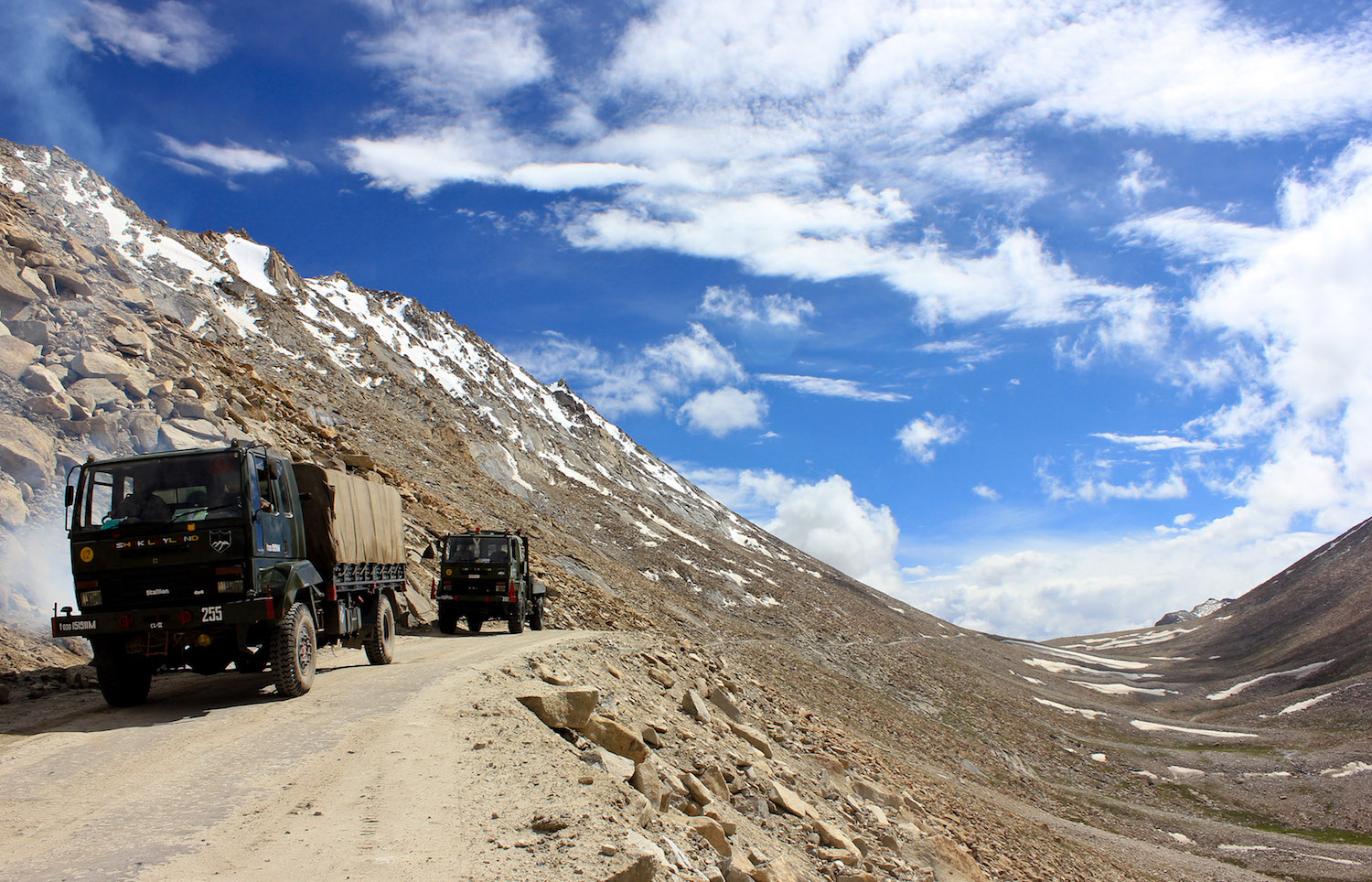
The heated dispute between the two nuclear powers, which has seen hundreds of troops face off along the 2,500-mile border, is centered on an obscure 34-square-mile area known as the Dolam Plateau. Claimed by both Bhutan and China, the area includes a narrow strip of strategically important Indian land called the Siliguri Corridor, unaffectionately nicknamed the “chicken’s neck.”
This connects the bulk of India with the remote eastern part of the country. The Indian government has long feared China could cut across the corridor if war broke out, cleaving the country in half.
Tensions kicked up in June when Chinese troops began work on an unpaved road that encroached on territory belonging to Bhutan, a close ally of India.
High up in the Himalayas, as India celebrated its Independence Day, dozens of Indian and Chinese soldiers engaged in a bizarre melee of fists and rocks for several hours before both sides retreated.
The embarrassing exchange was the latest escalation amid mounting tensions that stirred China to threaten India with “greater losses than in 1962,” a reference to India’s inglorious defeat the last time both sides went to war over borders. It was short, but it still resulted in more than 2,000 casualties.
The recent escalation in tensions has led to a war of words on either side of the border, with China claiming “it is easier to shake the mountains than to shake the [Chinese army],” adding that the military “will preserve our sovereign territory and security interests at all costs.” Indian Prime Minister Narendra Modi has responded saying his country is “capable and …strong enough to overcome those who try to act against our country.”
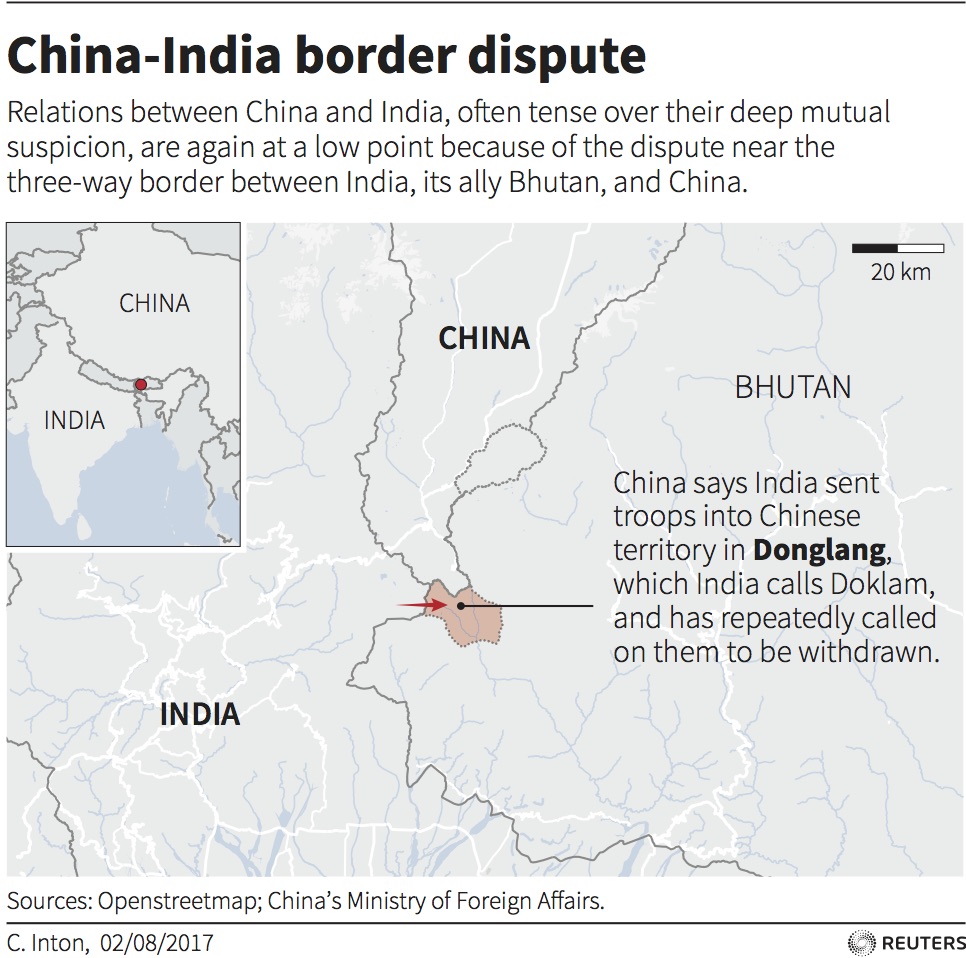
Given that China and India are the world’s two most populous countries and have 380 nuclear weapons between then, any escalation in tensions should be a matter for concern — especially as both sides have been talking openly about armed conflict.
China has the world’s longest land border, so it’s no surprise it has had a number of border disputes. Historically China has fought with Russia and India, but in recent years Tibet and Vietnam have also felt its wrath.
North Korea, South Korea

Possibly the most famous border standoff of all, North and South Korean soldiers have been separated by just a few feet for more than 60 years, when the peninsula was split in two following the end of the Korean War in 1953.
The line is so precarious that South Korean soldiers still hold hands when opening rarely used conference rooms in the joint security area of the Korean Demilitarized Zone (DMZ) as a precaution against being pulled over the border by North Korean soldiers.
And tensions along the 160-mile border have rarely been higher, as Pyongyang’s saber-rattling has intensified amid a flurry of missile tests.
In recent months Vice President Mike Pence and Secretary of State Rex Tillerson have visited the DMZ, staring down North Korean troops while ensconced in clusters of U.S. and South Korean soldiers.
The DMZ is filled with fences and concrete barriers, mines and tunnels, as well as nervous troops with their fingers on the trigger. During the 1960s hundreds of troops on both sides died in skirmishes, but in recent years, while the atmosphere has remained tense, there has been little violence.
The standoff is deadly serious, but it occasionally descends into farce. After South Korea raised its flag on a 323-foot flagpole in the 1980s, the North responded with one measuring 525 feet, a feud that became known as the Flagpole War.
Finland, Russia
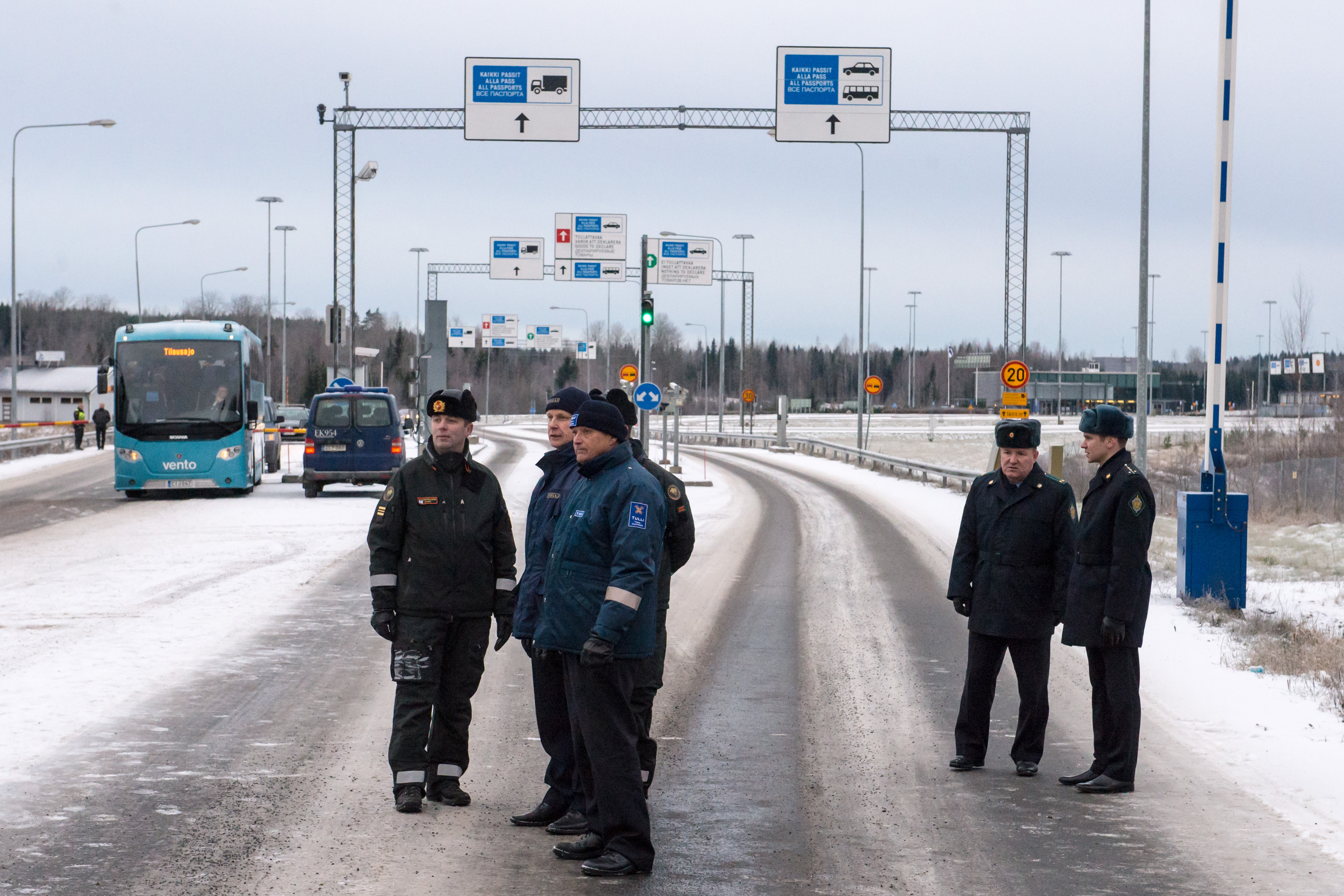
Like China, Russia has a long history of border confrontations, and few are as contentious is the 833-mile border it shares with Finland. Disputes over the border date back to the 14th century, when Finland was part of Sweden, and more recently during the Cold War the border formed part of the Iron Curtain, with the Soviet Union setting up border surveillance 75 miles out to prevent escapes.
Earlier this year Finland announced a major increase in its military spending, including boosting its troop levels by 20 percent. The expansion of the Finnish military was a direct response to Russia’s annexation of Crimea and the buildup of its military in the Baltic Sea region.
Tensions have been rising for some time. In 2015, Finland’s military fired warning shots at a suspected Russian submarine in waters off Helsinki. At the time, Russia had been conducting widespread military exercises on the ground and in the air near the Finnish border.
The 833-mile border runs mostly through uninhabited forests and sparsely populated rural areas.
Both sides of the border are protected by border zones between 0.6 miles and 4.4 miles deep, which require a permit to enter. Four U.K. tourists found out the hard way what happens when you don’t have a permit: The Birtons were booked on criminal charges in June, after taking a 15-minute jaunt into Russia to have a few beers.
Russia is also involved in several other heated border disputes, the most famous being its annexation of Crimea from Ukraine in 2014. Prior to that Russia took control of Abkhazia and South Ossetia from Georgia following the five-day war in 2008.
Israel, Gaza Strip
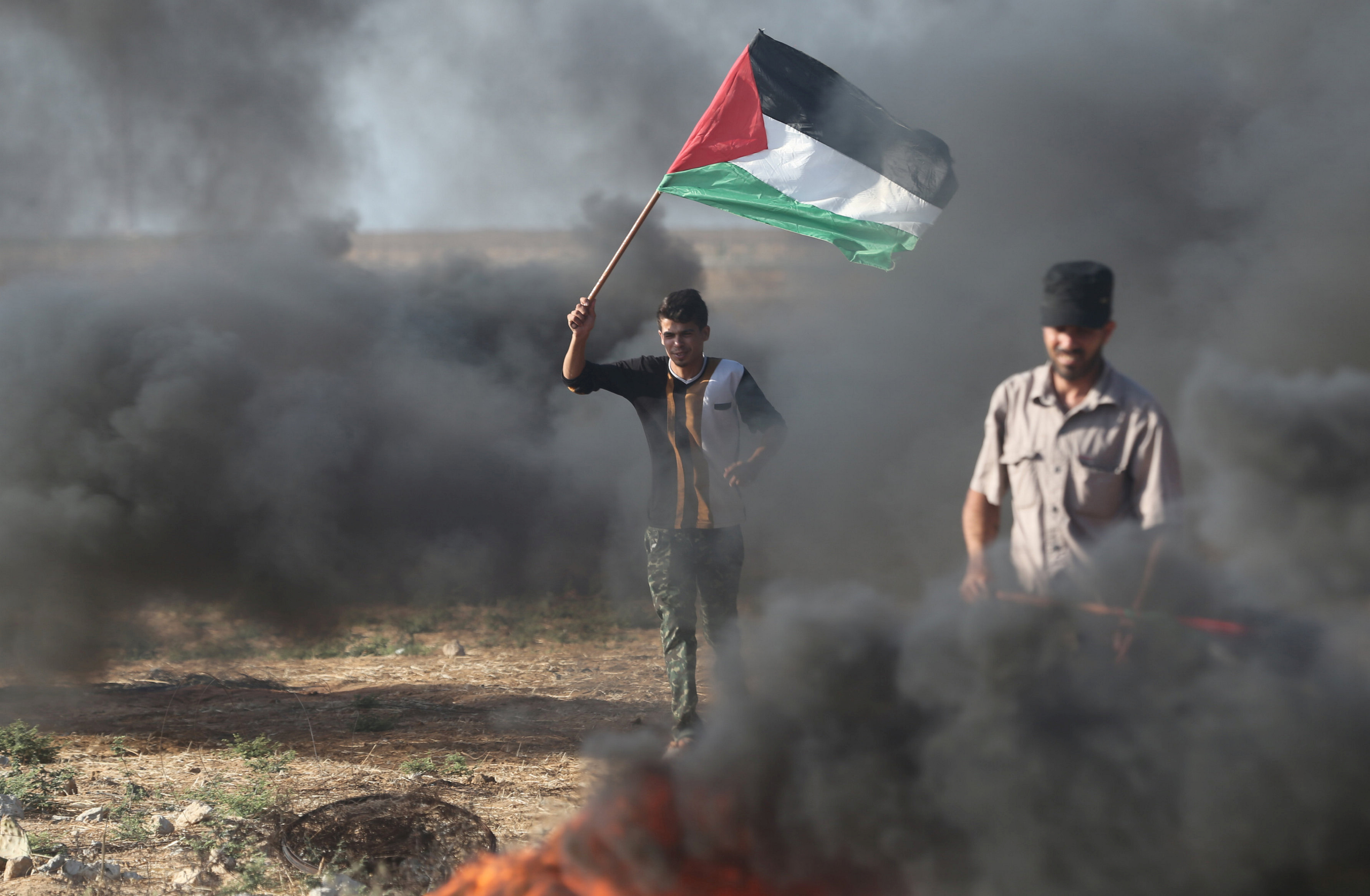
The line separating Israel from Gaza is one of the most brutal and closely scrutinized borders on the planet. That may soon extend to the subterranean, as Israel seeks to block tunnel passages underground.
In May, Israel’s Defense Ministry closed the tender to construct a concrete barrier to run the entire length of the Gaza border and prevent Hamas, the militant Islamic group that acts as a de facto government in Gaza, from tunneling into Israel. Israel has one of the most robustly militarized borders, with an above-ground security barrier already in place and its Iron Dome defense system protecting the skies.
Israel’s strict lockdown of the border not only prevents weapons and explosives from crossing into Gaza, but also regulates the influx of building materials and other supplies. The result is that Gaza looks forever like a war zone, with dilapidated buildings the norm and critical infrastructure increasingly a rarity.
Since the last Gaza war, in 2014, flare-ups along the border have been relatively rare. But as Gaza slips deeper into poverty and as Israel tightens its power supply restrictions, analysts fear another war isn’t too far off in the distance.
South China Sea
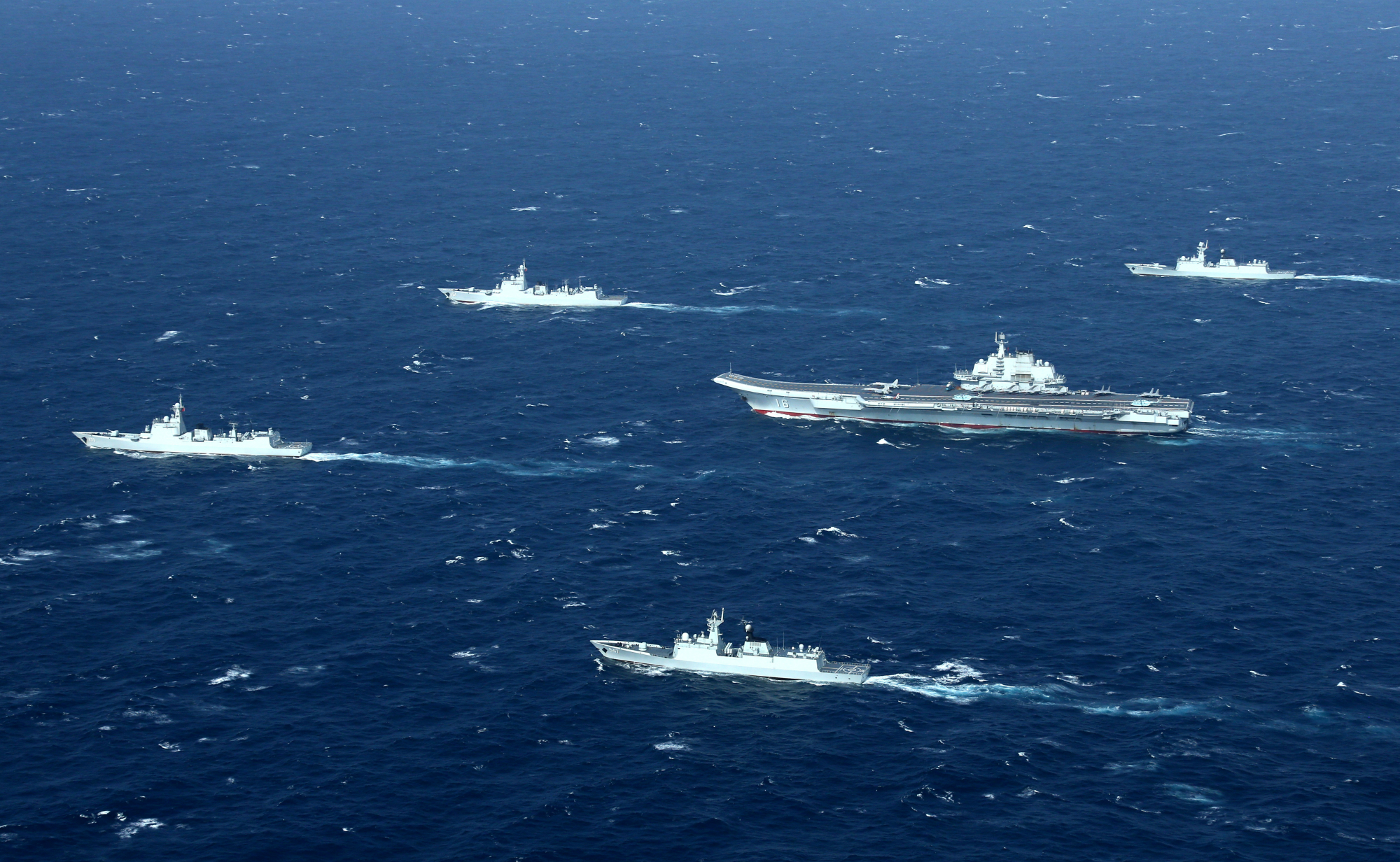
One contender for most heated and crowded border dispute isn’t even on land. The battle for control of the South China Sea has been simmering for a number of years, with an increasing number of standoffs, military exercises, and diplomatic dustups adding to the tension.
China has been the chief aggressor in recent years, asserting ever greater control over the waters, which include some of the most strategically important maritime territory on earth. In a bid to underline its territorial claims, Beijing has undertaken a widespread island-building program, dredging up underwater sediment to establish small islands capable of holding military installations and airports.
China claims ownership of pretty much the entire South China Sea, but its case wes significantly undermined in 2016 when an international tribunal in The Hague sided with the Philippines, ruling that the “nine dash” line Beijing uses to claim its territory was invalid. China has rejected the tribunal’s ruling.
The Philippines, Vietnam, Malaysia, and Brunei also claim part of the sea for their own. The ongoing disputes have become a major pressure point for the international community, given that $3.4 trillion in goods pass through the waters every year. Oh, and let’s not forget there’s supposedly large oil and gas reserves underneath the water.
Just this month, the USS John S. McCain carried out a “freedom of navigation operation” by sailing within 12 nautical miles of one of China’s artificial islands — the third such operation since Donald Trump became president. The USS John S. McCain later crashed into an oil tanker in the region.




